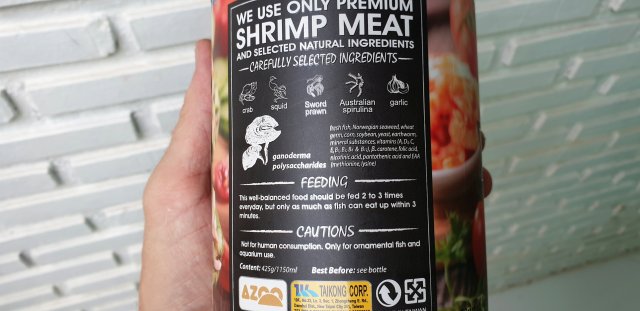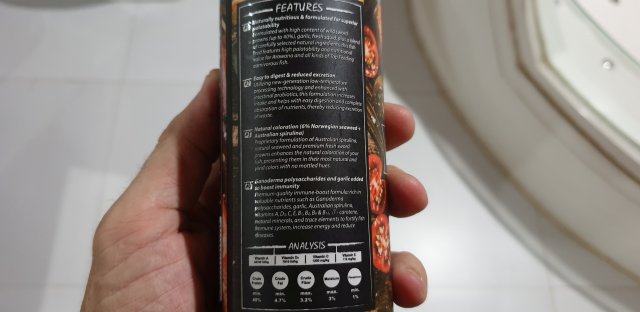With regards to EQ, and human consumption …….
Human safety margins are FAR greater than pets, livestock, etc, for obvious reasons. We have to not only consider healthy adults, we have to consider the old, the frail, the ill, pregnant women, and small infants. We also have to consider the average lifespan of a human, compared to a dog, a rat, and a fish. Hence the 100 X safety factor in humans, and the 70 year exposure estimate.
See the following quote of mine from the NF discussion......
Then factor in the fanatics of the world, such as Greenpeace into the equation. The following is also from the NF discussion.
Free-to-access news on global ag-tech and agri-food innovation, investment and regulation

www.feednavigator.com
Honestly Barrett, you might want to just review that discussion with regards to EQ, it's probably the most in-depth conversation on the subject that you will ever find on a forum regarding fish, dogs, cats, whatever. My dear friend kmuda brought a swiss army knife to a gun fight. lol
One day we may be told that eggs are once again not good for us, and neither is too much Naturox, or too much fungal polysaccharides. Stay tuned! What long term feed trials do we have regarding finfish, and Naturox, and with what species, and at what levels? I assume one will see much higher levels of Naturox, than what one typically sees in EQ. I would think 2-3 times the level, or much shorter shelf life of the food.
Will it be safer for fish? Probably, but at this point I don't think that anyone can give definitive answers about any of this. So the change is made to appease the masses.
At the end of the day the fanatics got their way, the feed manufacturers aren't going to resist, especially in parts of the world such as the EU, and with billions of $$$ of pet food sales at risk most pet food manufacturers will eventually follow suit. The ironic part is all of this is about human grade food, such as fish destined for human consumption, and has nothing to do with the tropical fish industry, where millions of fish die each year before they even reach the hands of a consumer, and millions more shortly after. I get the human safety risk factor, babies, pregnant women, the elderly - but what I don't get is how this should have any effect on the pet trade.
Some days I hug a snowflake just because I know that it makes them feel better, but it doesn't change the world that we live in.
I don't want to turn this into some kind of brand war, so I will leave you with this - IMHO the #1 cause of mortality in home aquaria is caused from overfeeding. In that regards it doesn't matter what brand the food is, overfeeding will eventually cause organ damage, if continued it will be followed by organ failure. But hey, fish are easy to replace, not like a dog or a cat, right?
, thanks for sharing. I wonder what your buddy feeds that beauty?






